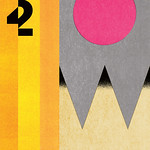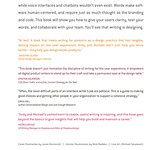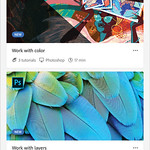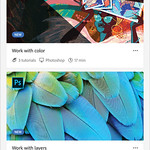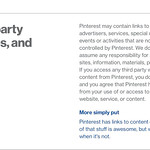Writing Is Designing

Words and the User Experience
Without words, apps would be an unusable jumble of shapes and icons, while voice interfaces and chatbots wouldn’t even exist. Words make software human-centered, and require just as much thought as the branding and code. This book will show you how to give your users clarity, test your words, and collaborate with your team. You’ll see that writing is designing.
Who this book is for
- People who make their living writing and leading content strategy for software interfaces, or those who want to transition into this type of role from another writing background.
- Designers and design leaders.
- Product managers, engineers, and executives.
Available from Audible and other major audiobook sellers.
Without words, apps would be an unusable jumble of shapes and icons, while voice interfaces and chatbots wouldn’t even exist. Words make software human-centered, and require just as much thought as the branding and code. This book will show you how to give your users clarity, test your words, and collaborate with your team. You’ll see that writing is designing.
Who this book is for
- People who make their living writing and leading content strategy for software interfaces, or those who want to transition into this type of role from another writing background.
- Designers and design leaders.
- Product managers, engineers, and executives.
Available from Audible and other major audiobook sellers.
Testimonials
Often, the most difficult parts of an interface writer’s job are political. This is a guide to making good choices and getting other people in your organization to support a cohesive strategy.
Erika Hall, author of Conversational Design and Just Enough Research
People new to the industry will find out how to create great content. Experienced professionals will find evidence and examples to have constructive conversations. Buy the book.
Sarah Richards, author of Content Design
This book doesn’t just formalize the discipline of writing for the user experience; it empowers all digital product writers to stand up for their craft and take a permanent seat at the design table.
Kristina Halvorson, CEO, Brain Traffic and author, Content Strategy for the Web
At last! A book that treats writing for products as a design practice that has tangible, lasting impact on the user experience. Andy and Michael don’t just help you write better—they help you design better products.
Jonathon Colman, Senior Design Manager, Intercom
A delightful—and critical—guide for anyone who uses words to create a user experience. Andy and Michael’s commitment to usable, useful writing is inspiring, and this book goes beyond the basics to give insights that will help you build and maintain a career. No matter what your job title, you’ll find tons of important and relevant information here.
Andrea Drugay, UX Writing Manager at Dropbox and Editor of Dropbox.design
The inevitable question ‘What exactly do you do?’ comes up in conversation for product UX writers a lot. This book reads like a warm, friendly answer over a cup of coffee in a Midwestern diner.
Matt Shearon, Writing and Content Strategy Manager, Pinterest
Table of Contents
Foreword by Sara Wachter-Boettcher
Chapter 1 – More than Button Labels: How Words Shape Experiences
Chapter 2 – Strategy and Research: Beyond Best Practices
Chapter 3 – Creating Clarity: Know What You’re Designing
Chapter 4 – Errors and Stress Cases: When Things Go Wrong
Chapter 5 – Inclusivity and Accessibility: Writing that Works for Everyone
Chapter 6 – Voice: Discovering and Developing Identity
Chapter 7 – Tone: Meeting People Where They Are
Chapter 8 – Collaboration and Consistency: Building your Practice
FAQ
These common questions and their short answers are taken from Michael J. Metts and Andy Welfle’s book Writing Is Designing: Words and the User Experience. You can find longer answers to each in your copy of the book, either printed or digital version.
-
- What do you mean by “writing is designing?”
Just that. In many product teams, the words are an afterthought, and come after the “design,” or the visual and experiential system. It shouldn’t be like that: the writer should be creating words as the rest of the experience is developed. They should be iterative, validated with research, and highly collaborative. Writing is part of the design process, and writers are designers. That’s the main thesis of this book (which you’ll read in Chapter 1), and the point that we try to drive home in every chapter.
- What do you mean by “writing is designing?”
Sample Chapter
This is a sample chapter from Michael J. Metts and Andy Welfle’s book Writing Is Designing: Words and the User Experience. 2020, Rosenfeld Media.
Chapter 1: More Than Button Labels: How Words Shape Experiences
Two people stand in a conference room looking at printouts of mobile app screens. The office used to be a warehouse, but it’s been renovated and turned into offices. The printouts are taped to the glass partition that separates their conference room from the hall, because tape doesn’t work on exposed brick. It’s a perfect stock photo opportunity.




